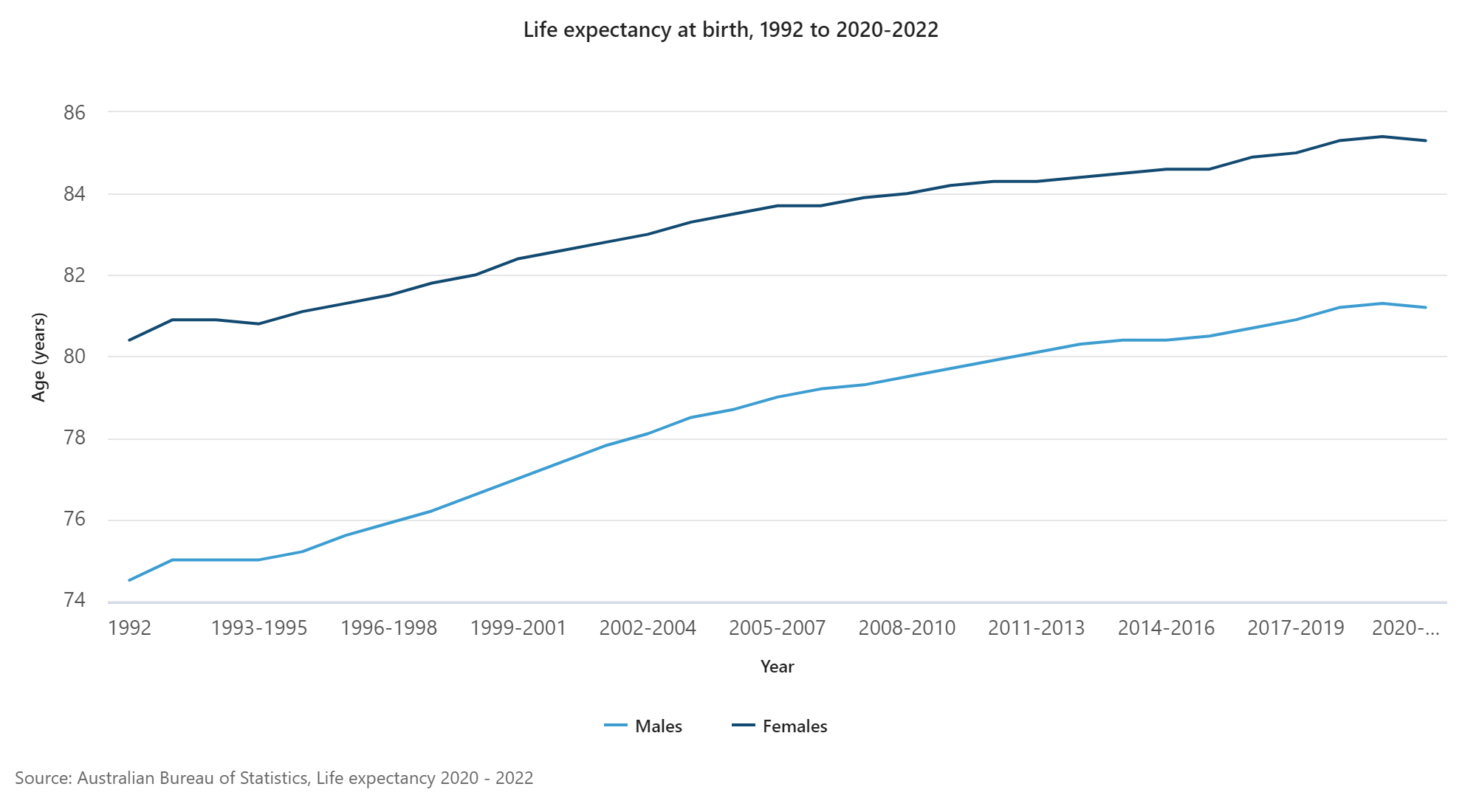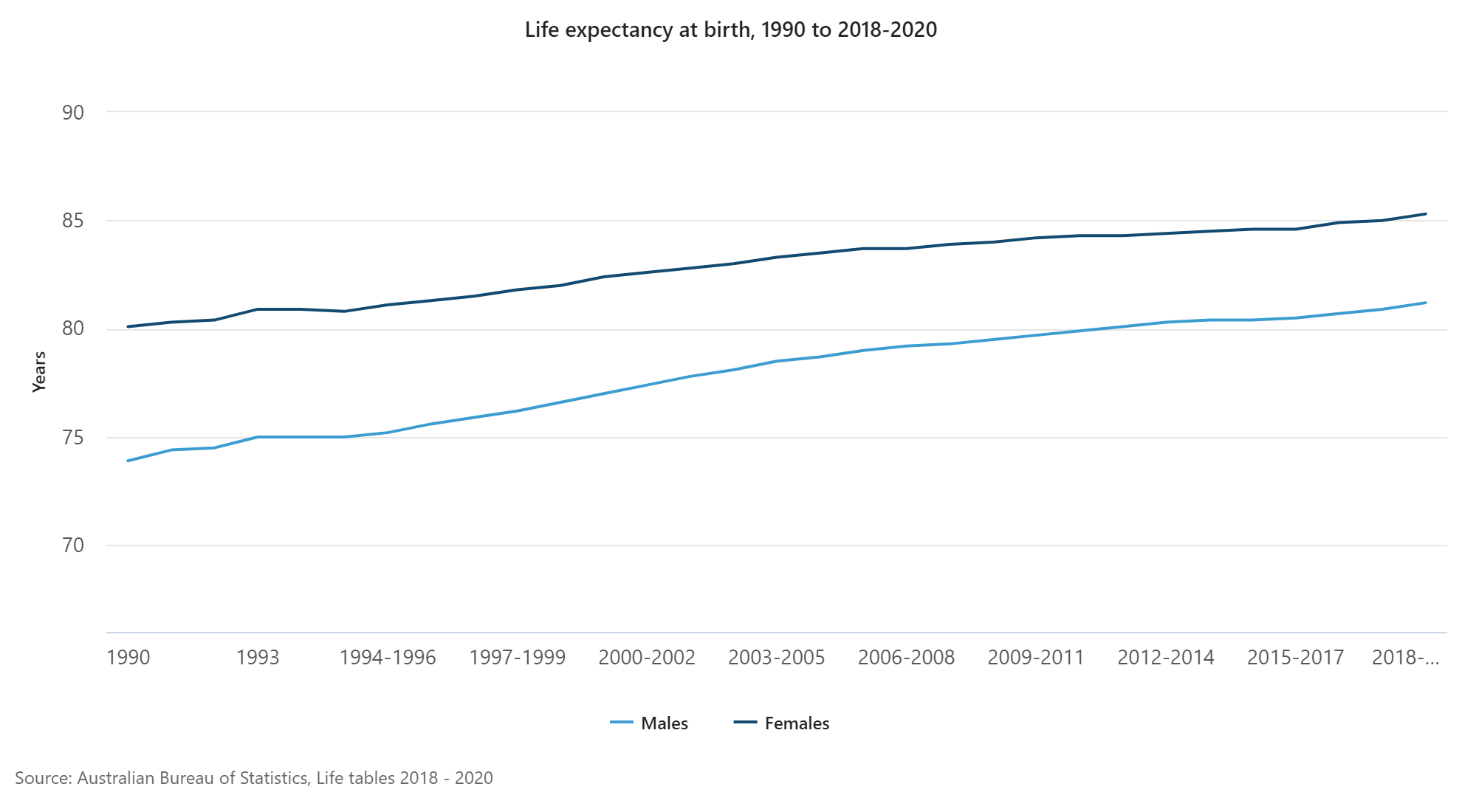Recently, a friend shared with me an Ipsos MORI quiz via the Guardian website, titled ‘how well do you know Australia’ . It asks a series of questions about the Australian population. Despite working in this field every day, I didn’t get full marks! I got 7 out of 9, with the average score being 3.
Guardian put out an accompanying article outlining some of the most common misconceptions about the Australian population. Apparently, the majority of Australians estimate the Muslim population in the country to be 9 times higher than it actually is. Another interesting result is that Australians think 15% of girls aged 15 to 19 give birth each year.
When you really think about it, 15% is not really a logical answer. It means that 15 girls out of every 100 have a child before they’re 19. Have a think about the girls in your high school class say, or university course. It’s highly unlikely this proportion would be accurate. The correct proportion is just under 2%.
So why, when people are asked to estimate a statistic, is it either grossly over estimated or under estimated? It appears to be caused by a phenomenon called ‘emotional innumeracy’. This is when we are subconsciously influenced by personal and societal fears and prejudices. Take for example the current political talk and media representations of ISIS and the wider Muslim community. With this topic in the media on a daily basis and people’s growing concern, it is not surprising that they feel that the Muslim community in Australia is larger than it actually is.
So what can we do to combat these misperceptions and the negativity they cause?











